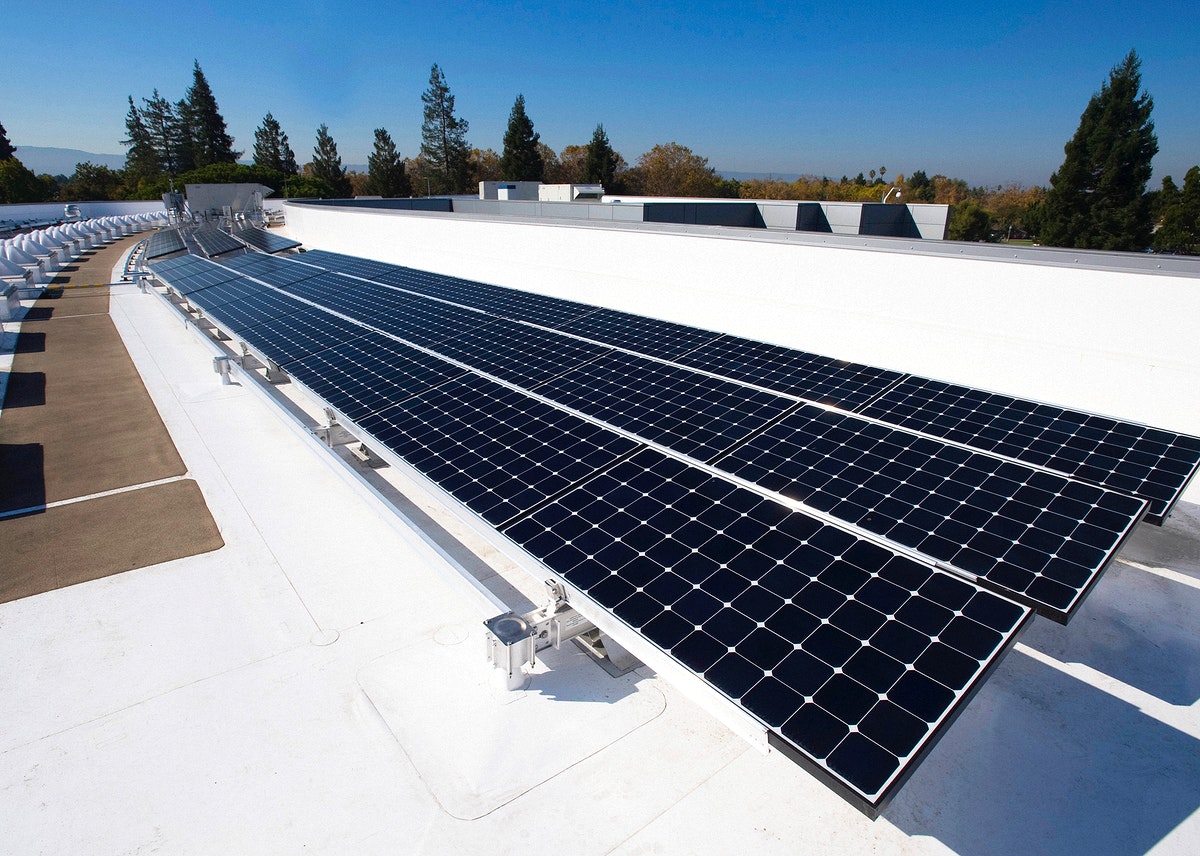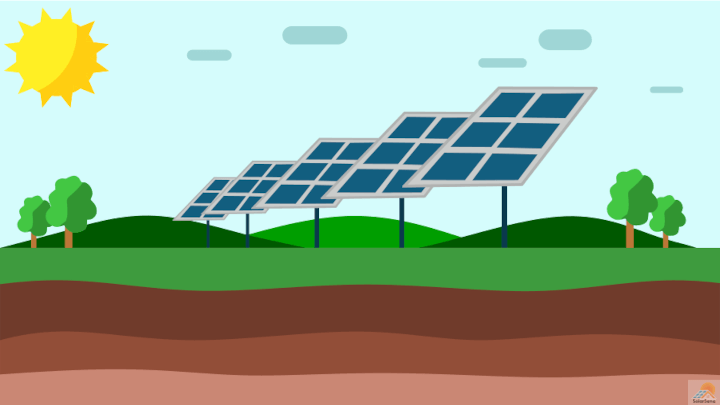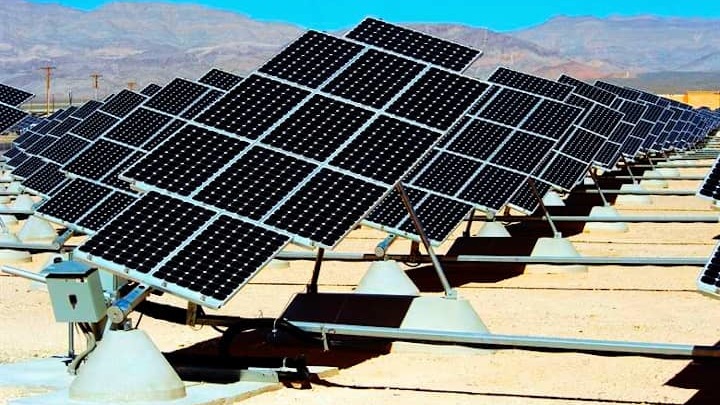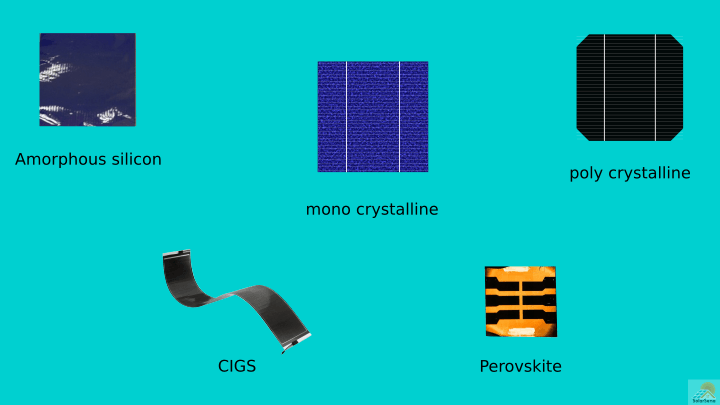Learning how to make solar panels can be difficult but here at SolarSena we will try to breakdown the process and make it as simple as possible for you. Making solar panels with quality materials will improve the chances of them working. Using the right equipment also plays a critical role. Forget aluminum foil, and say hello to aluminum frames!
Solar panels are pretty expensive. If you can make your own, why not? Whether you’re a builder by heart or only like to experiment with DIY projects every now and then, there’s a way to create solar panels that fit your skills. In this article, I share which materials should be used to make solar panels and briefly explain the manufacturing process.
Making Solar Panels: Materials and Cost
The typical solar panel consists of 7 parts. Below is a breakdown of each:
The Aluminum Frame
The frame of a solar panel plays a vital role. Not only does it protect the section holding the cells, but it also provides a solid structure by which the panel can be mounted. While durable, the aluminum frame is lightweight.
The Top-Layer Glass
Glass sheets protect the PV cells from damage. Quality solar panels are made with tempered glass up to 4.0mm thick. Tempered glass improves efficiency and reduces the loss of harvested energy.
First Layer Encapsulant
The top encapsulant layer holds the PV cells in position. It’s typically made from ethylene vinyl acetate (EVA), which is extremely durable. The quality of this EVA layer makes the difference between a long-lasting and quickly failing solar panel.
The Solar Cells
The PV cells used in solar panels are responsible for converting sunlight into electric energy. The performance of these cells is determined by the type they are. The primary types of PV cells are monocrystalline and polycrystalline. They can be made with positive p-type silicon or negative n-type silicon.
Second Layer Encapsulant
Another EVA encapsulant layer is at the bottom of a solar panel. This secures the cells from underneath. With lamination on both sides, the PV cells are protected from absorption shock and vibrations.
The Back Sheet
The last layer of a solar panel is called the back sheet. This is made from polymers and plastics, which provide electrical insulation. The back sheet also acts as a moisture barrier.
The Junction Box
Every solar panel requires a junction box. This enclosed weatherproof container is the central point where PV cells interconnect. It also creates a place where cables connect to the solar panel.

Note: The cost of making a solar panel will depend on the materials used. On average, manufacturing one solar panel can cost up to $1.00 per watt.
How to Make Solar Panels
Solar panel manufacturers each use a unique method to make their solar panels. Below I share how an average panel is made based on data collected from various sources.
Step 1: Choosing The Solar Silicon
Solar cells are made from p-type or n-type silicon. The first step is choosing which to use. After a decision is reached, solar cells are made from crystalline silicon mixed with galium or baron, and phosphorous. This mixture gives the solar cells their semiconductor qualities.
Step 2: Create a Panel
Once the solar cells are set, they need to be fused to create a panel. Solar panels typically have 60 or 72 cells soldered together.
Step 3: Cut and Install the Back Sheet
The back sheet serves as the bottom layer of a solar panel. It should be the same size as the solar cell panel built in step 2.
Step 4: Position and Secure the Solar Cells
The solar panel is positioned on the back sheet and secured with a glass layer. This will also ensure it stays clean and protected.
Step 5: Add The Frame
Next, a frame is added around the solar panel. Most manufacturers use silicon to fuse the layers together.
Making Solar Panels At Home: Is It Possible?
Building high-quality solar panels at home is possible, but not everyone can do it. There are a few different ways to tackle this project:
Method 1: Start From Scratch
You can build quality solar panels from scratch if you have the skills, equipment, and material needed. It’ll take a lot of planning and time, but it’s possible. You’ll have to determine which size panel you’ll be making and ensure you have the proper molds for your PV cells.
Method 2: Buy and Create
If you don’t have the right materials and skills on hand, you can buy all the parts your panels will need separately and put them together in the way you want your panels to be. It’s possible to buy all the parts you’ll need from a solar or hardware store. You can make your measurements beforehand and put the panels together once you have everything you need.
Is Making Solar Panels Efficient?
Most homemade solar panels are better fit for science projects. While they’re efficient as these, you won’t be able to run household appliances with them. However, homemade solar panels consisting of high-quality materials could!
The effectiveness of your homemade panels will depend on your craftsmanship. If you have the skills needed to build these, the chances are good that they’ll work well. How long they’ll run is up for debate. Materials like aluminum foil, CDs, and black pipes are better suited for a science project. You won’t have much success using these items in a solar panel that should power your house.
Before Going
If you choose quality materials, you can make solar panels that work efficiently. The process might seem complicated, but there are easy methods that even beginners will master. You can buy DIY solar panel kits if you don’t have the right supplies on hand to make building solar panels a possibility. Buying panels isn’t always the cheapest option. Many off-grid enthusiasts try to make their own solar panels to save money and gain survival skills. I hope this article was helpful and nice to read. If you have more questions about making your own solar panels, pop them in the comments!




